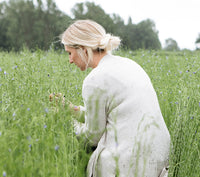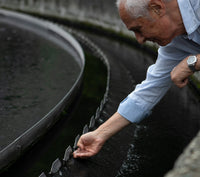Welcome to Belgium!
Belgium combines the perfect growing environment with centuries old, artisan farming techniques passed down from generation to generation. This famously enduring combination results in the most high-quality flax found anywhere in the world.















